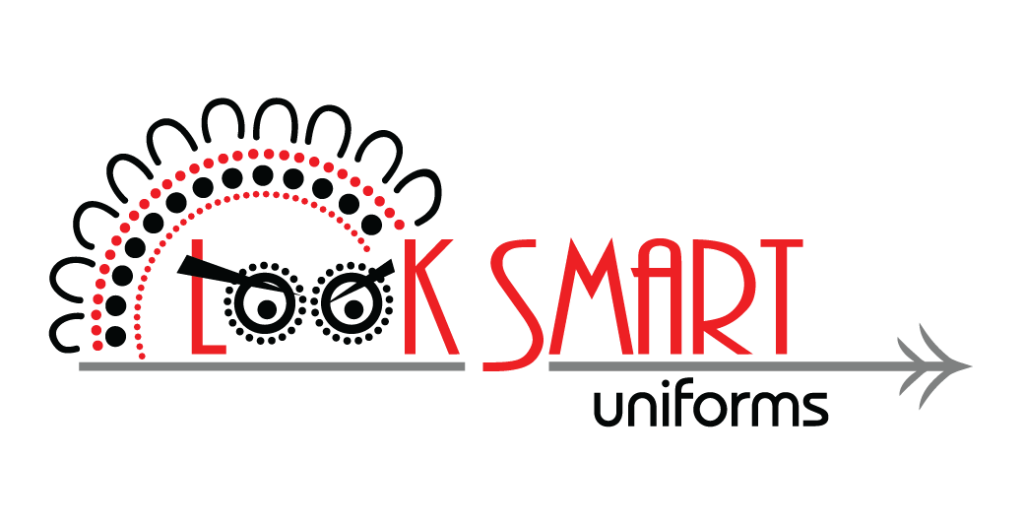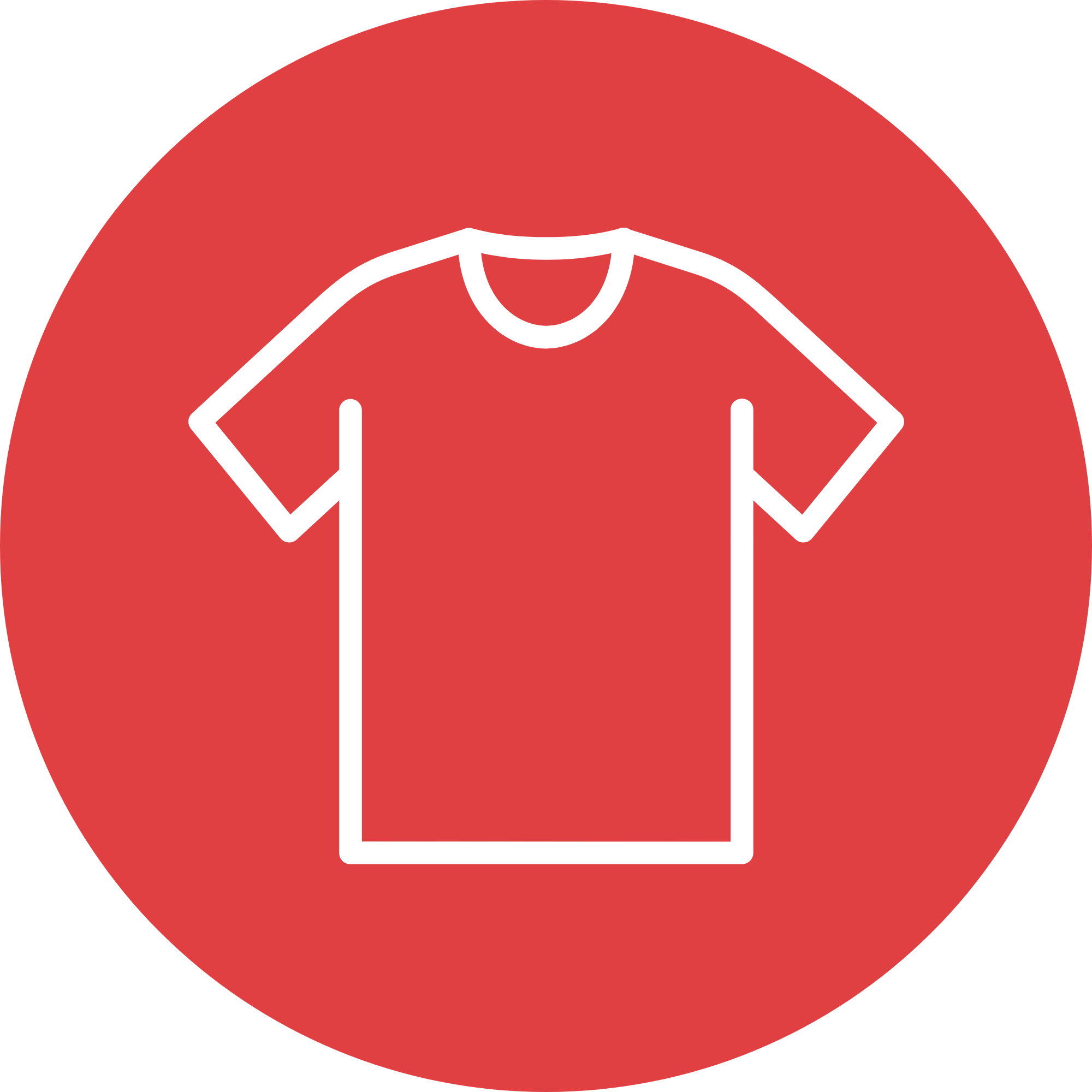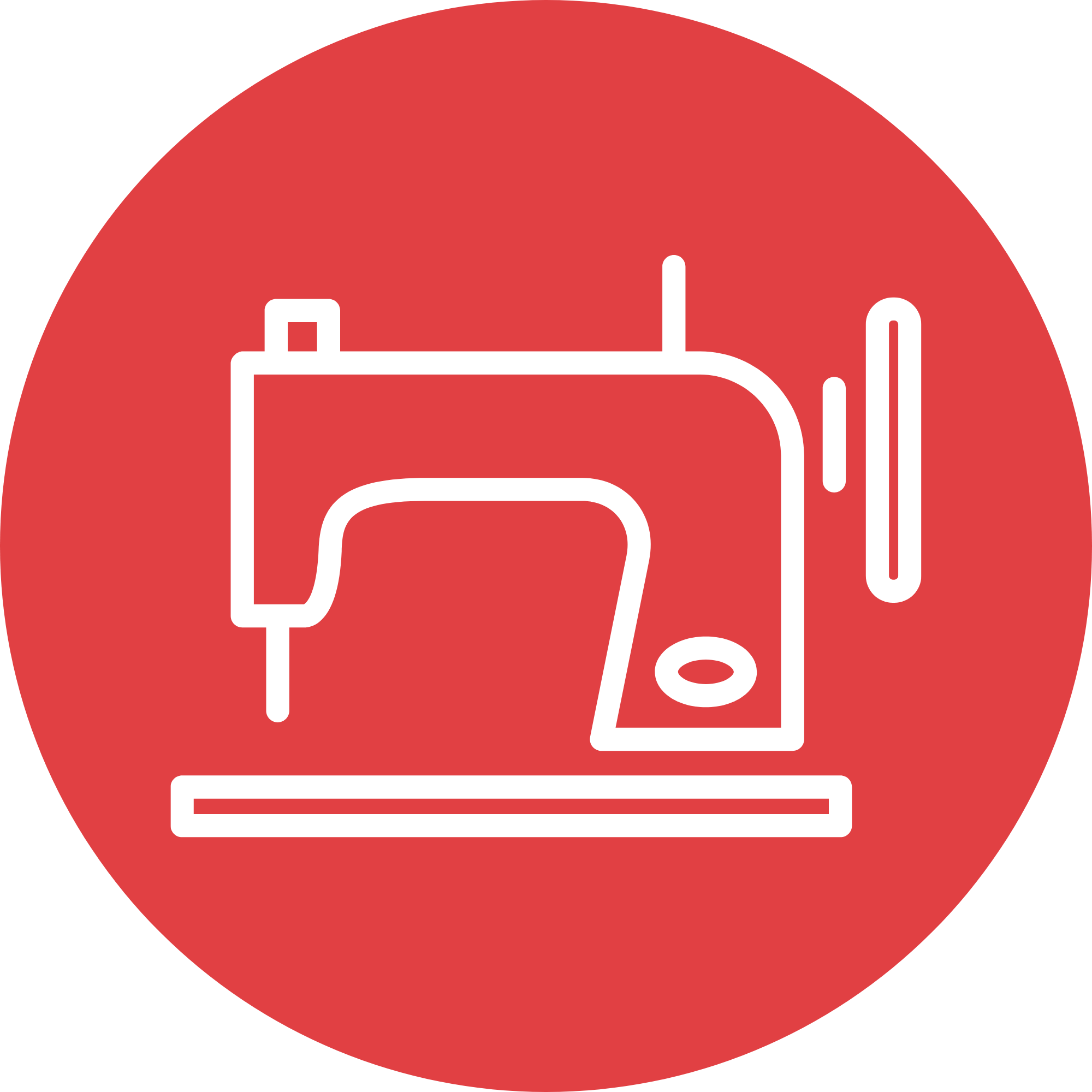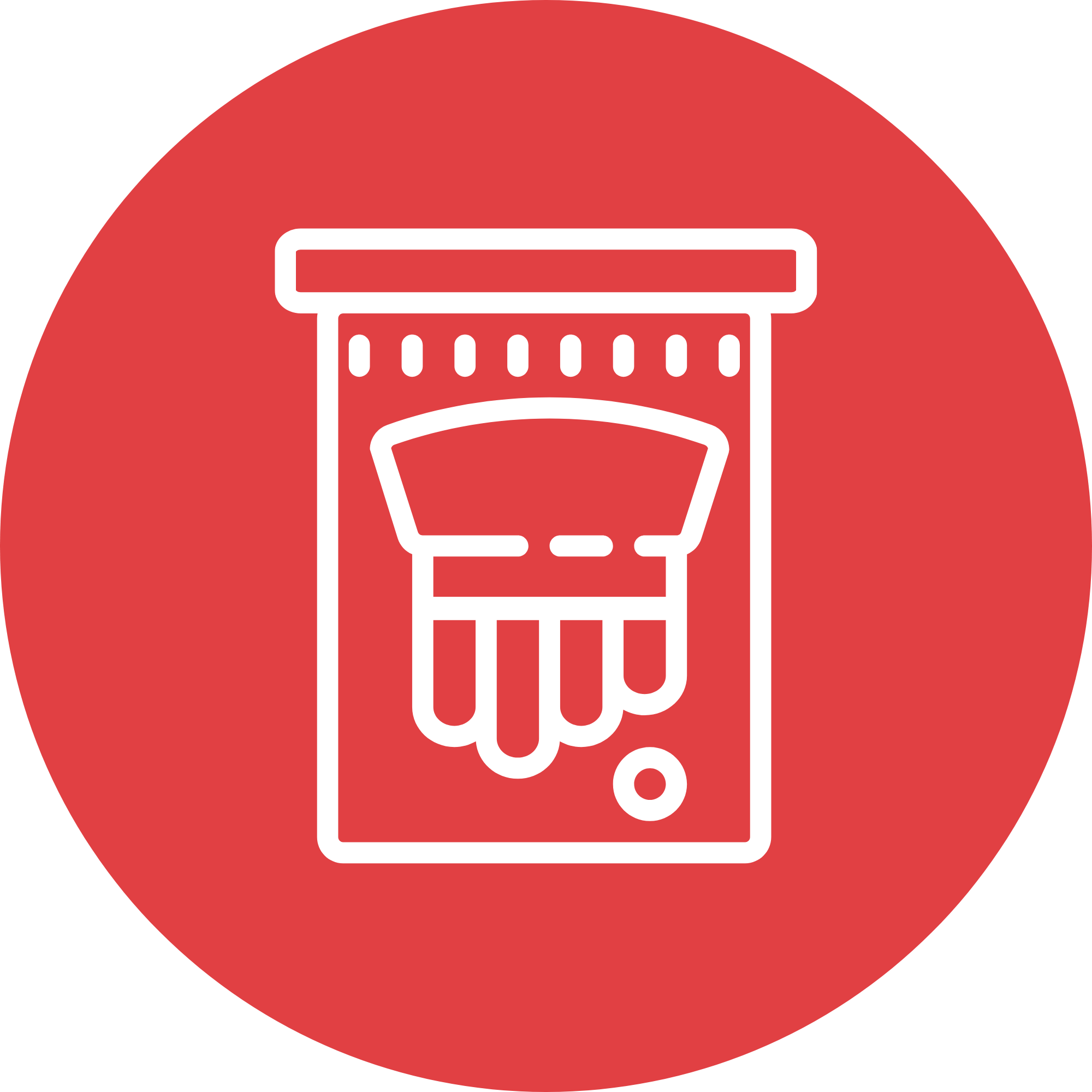Our Services
Transform your uniforms with our embroidery and printing expertise.
Request a quote
What We Do
At Look Smart Uniforms, we use state-of-the-art equipment to deliver high-quality embroidery and printing services. After submitting a quote request, the Look Smart Uniforms team will recommend a solution to suit our customer’s request, based on the artwork required. Once your digitised artwork mock ups are approved, we get to work on customising your uniforms.
Uniforms
Whether you need corporate uniforms, event uniforms, workwear or sportswear, we have custom styles that suit your needs. After receiving your request, we recommend products that take branding and use into consideration.
Embroidery
Embroidery provides a durable and long-lasting decoration that can withstand repeated washings and wear. Our state-of-the-art embroidery machines and skilled team can bring your logo or design to life on any fabric.
Printing
Our printing services offer high-quality customisation options for uniforms and apparel. We use advanced techniques like screen printing and sublimation to ensure that your designs are vivid, long-lasting, and resistant to wear and tear.
Frequently Asked Questions
Embroidery is the art of decorating fabric or other materials with needle and thread or other decorative materials. It involves stitching various designs, patterns, or pictures onto a piece of fabric using a variety of techniques, such as cross-stitching, crewelwork, or applique. Embroidery can be done by hand, by machine, or with the help of computerised embroidery machines.
Embroidery can be used to embellish a variety of textile items, including clothing, handbags, home decor, and more. It can also be used for branding and promotional purposes, such as embroidering a logo on a shirt or hat.
Screen printing, also known as silk screening, is a printing technique that involves using a mesh screen to transfer ink onto a surface. The screen is stretched tightly over a frame, and a stencil or screen is created on the mesh to block certain areas of the screen from receiving ink. Ink is then pushed through the open areas of the mesh screen using a squeegee or other tool, creating a print on the surface below.
Screen printing is a versatile printing method that can be used on a wide range of materials, including paper, fabric, plastic, and metal. It is often used in the production of t-shirts, posters, signs, and other promotional items.
The process of screen printing can be done by hand or by using automated machinery. The number of colours and complexity of the design being printed will determine the number of screens and passes needed to create the final print.
Screen printing is a popular method of printing for many businesses and organisations, as it allows for high-quality and durable prints to be created quickly and efficiently. It is also a popular method of printing for artists and designers looking to create limited edition prints or other art pieces.
Sublimation is a printing technique that involves transferring dye onto fabric or other materials using heat and pressure. In this process, heat converts the solid dye particles into a gas, which then permeates the surface of the material being printed. When the gas cools, it becomes a part of the material and produces a vibrant, long-lasting image.
Sublimation printing is commonly used for printing high-quality images on fabrics, such as polyester, which has a special polymer coating that enables the dye to bond with the fabric. It is also used for printing on a range of other materials, including ceramics, metal, and plastic.
Sublimation printing offers several advantages over other printing methods. It produces high-quality, long-lasting images that do not fade or crack over time, even after multiple washes. Additionally, it allows for printing images with intricate details, gradations, and vibrant colours that may not be possible with other printing methods.
However, it’s important to note that sublimation printing is limited to printing on materials that can withstand high temperatures and pressure, and it’s not suitable for printing on natural fibers such as cotton.
When choosing between embroidery, screen printing, and sublimation, there are several factors to consider, including the type of design or image, the material to be printed on, the desired level of durability and washability, and the quantity of items to be printed.
Embroidery is ideal for designs with a 3D texture or when you need to print on thick or bulky fabrics, such as jackets or hats. It also provides a high level of durability and washability and can be a good option for small orders or items that need to be customised individually.
Screen printing is a good option for designs with solid colours, large areas of flat colours, or designs that require a high level of detail. It’s also a good option for large orders since it allows for high-volume printing. However, it may not be the best option for designs with a lot of colour gradients or photographic images.
Sublimation is best for printing on polyester or polymer-coated items, such as sports jerseys, mugs, or phone cases, and produces high-quality, long-lasting images that won’t crack or fade over time. It’s ideal for designs with photographic images, fine details, or colour gradients.
In summary, the best option for your project depends on the type of design or image you want to print, the material you want to print on, the level of durability and washability you require, and the quantity of items you need to print. Consulting with a printing professional can also help you determine the best option for your specific needs.
Before we proceed with the final embroidery, we will send you a scanned image for your approval. If you require an actual embroidery sample, we can stitch it on a pellon sheet for you at the single unit cost, which includes a fee for digitisation.
Embroidery digitising is the process of converting an image or artwork into a digital file that can be read by an embroidery machine. The process involves using specialised software to create a digital file that contains the specific instructions needed to create the design using stitches on the fabric.
The process of embroidery digitising starts by scanning or creating a digital image of the design or artwork that is to be embroidered. The image is then uploaded into specialised embroidery software, where a skilled digitiser uses various tools to create the stitching pattern.
The digitiser selects the colours, stitch types, and stitch directions for each element of the design. They also set the appropriate stitch density, stitch length, and other parameters to ensure that the design is of the highest quality.
Once the digitising process is complete, the digital file is then saved in a format that can be read by the embroidery machine. The machine reads the file and uses it to automatically stitch the design onto the fabric.
Embroidery digitising is a crucial step in the embroidery process, as it determines the final quality of the embroidered design. Skilled digitisers use their knowledge and experience to create high-quality designs that produce excellent results on a range of fabrics and materials.
To get information about our pricing, request a quote by calling, email, or submitting the below form.
Simply fill in the quote request form, email, or call us with the details of your order. Once we have all the necessary information we can send you a custom quote.




